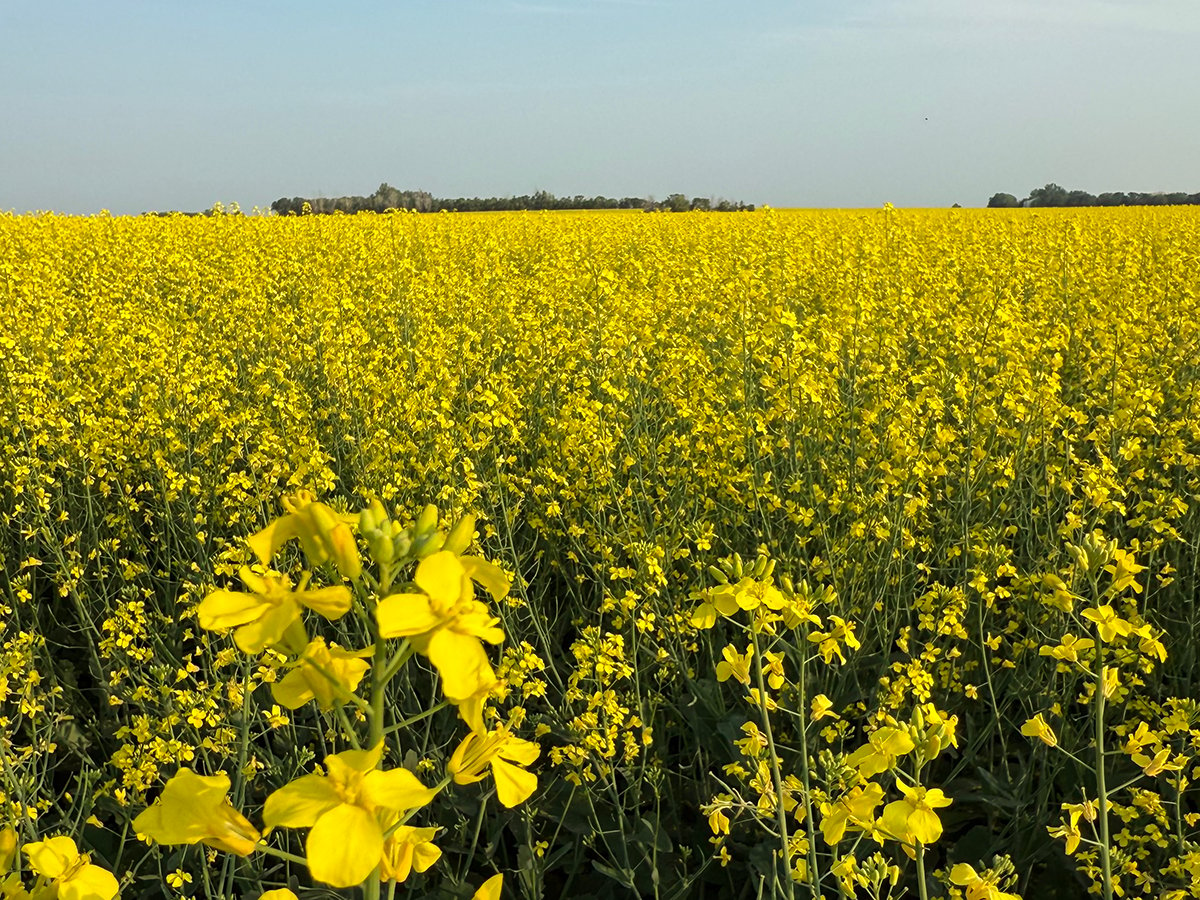Troy Prosofsky of the Canola Council of Canada has an expensive example to illustrate why farmers should check their canola bins after harvest.
Prosofsky said a farmer north of Calgary harvested No. 1 canola last fall, at 10 to 11 percent moisture and stored it in two 5,000-bushel bins.
He contracted 10,000 bushels at $12.85 per bu., and looked forward to his $128,500 payment.
But he didn’t check his bins until February.
When he did, he found the canola was 30 percent heated.
He made $7.18 per bushel on 5,000 bu. of the heated grain, for a total of $35,900, and burned another 5,000 bu. because the crop was beyond salvage.
Read Also

Canola support gets mixed response
A series of canola industry support measures announced by the federal government are being met with mixed reviews.
Net loss from failure to check bins: $92,600.
“Luckily he wasn’t forced to buy his way out of his contract,” Prosofsky told members of the Southern Applied Research Association.
“If he’d had to buy his way out of his contract, he’d have been charged
$60,000. I don’t know what he did, if he got them a bottle of 150-year-old scotch or what it was, but they let him out of his contract. He was fortunate.”
Canola research into new varieties is moving quickly, said Prosofsky, but research on storage is lagging behind.
Increased oil content is a factor in how the canola stores, but little is known about it.
“Nine or 10 years ago, we were getting 41 or 42 percent oil content. Now we’re hearing stuff reaching 50 percent, 48 percent oil content,” he said.
“We are hearing more reports of stuff heating at 10 percent moisture, binned at 10 C, and it should have been fine but didn’t last the winter.”
Prosofsky estimated about 10 percent of the annual canola crop ends up heating, so bin checks are vital.
“Check your bins, guys. What maybe was safe eight to 10 years ago maybe isn’t going to be as safe now, especially when you have higher green counts.”
For marketing purposes, canola at less than 10 percent moisture is considered dry, at 10 to 12 percent it is deemed tough, and beyond that it is considered damp.
Ideally, canola should be stored at eight percent moisture or less and at 15 C.















